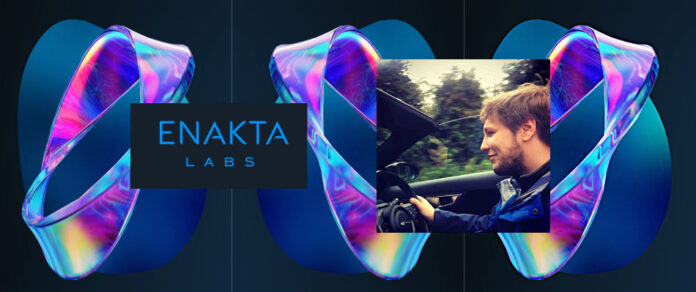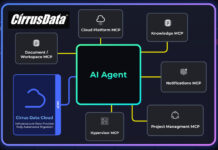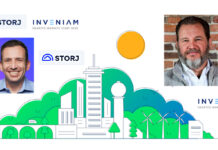DAOS is the now-unwanted parallel file system offspring of Intel, back in its Optane era, and now, with its high performance is being resuscitated by Enakta Labs and other members of the DAOS Foundation.
We wrote about DAOS, the Distributed Asynchronous Object Store software, back in April, noting that DAOS Foundation was set up in late 2023 by DAOS user Argonne National Lab, Enakta Labs, Google, HPE (the Cray part), and Intel, with VDURA joining last year. We mentioned that the Aurora DAOS system in Optane mode won the top IO500 Production Overall Score slot in 2023, putting out 1.3 TBps bandwidth. Clearly DAOS has exceptional performance. Also that, as a result of Optane’s demise, DAOS had been re-architected to use fast SSDs for its metadata store and its performance was more or less the same.
Open-source DAOS, as a parallel file system, has to fight for attention amongst other parallel file system products, meaning heavyweights like Storage Scale (IBM’s much developed GFS) and Lustre, along with BeeGFS, Quobyte, and VDURA’s PanFS. These are all HPC-focussed and have quite widespread adoption, especially Storage Scale and Lustre, whereas DAOS, as we understand it, has limited adoption, with institutions that valued its high-performance and open-source-ness, as exemplified by its use in the Aurora supercomputer system.
These competing systems are also all responding to the enterprise need for AI workloads, with high-bandwidth file and object data feeds to GPU server systems. This brings them into contention with other Nvidia-validated storage suppliers, such as NetApp, Pure Storage, WEKA and VAST Data, not forgetting Dell and HPE. All of these HPC and enterprise fast storage suppliers are well-established and have substantial development and support teams, and marketing/PR budgets. DAOS has none of that, it being an orphan child.
What it does have is its exceptional performance, tech credibility, and its open-source nature.
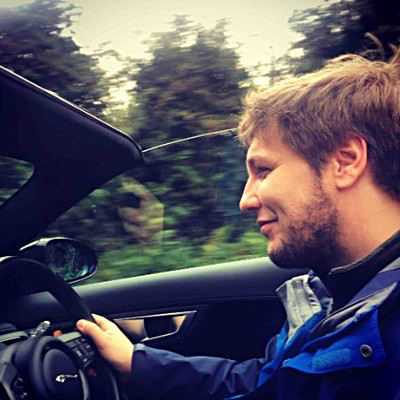
Denis Nuja is the founder of UK-based Enakta Labs and has an extensive Linux-related CV. We met him to discuss the state of DAOS and where it’s going. He said Enakta wants to commercialize DAOS; it has its Enakta Data Platform product based on it. Enakta has added support for S3, SMB, NFS, and, for AI workloads, PyTorch. As it supports block as well as file and object, we could look at DAOS as the new Ceph. A reference architecture has been opblished with collaboration from Kioxia and Supermicro.
Nuja thinks that potential DAOS adoptees include the neo-clouds and emerging sovereign clouds. Because DAOS is open-source there is no lock-in and, arguably, it has better bandwidth and latency numbers than competing software, meaning it can keep their vastly expensive GPU clusters busier than alternative storage software. Enakta can also offer direct, engineer-level support.
It can also save them money on their high-performance storage SW but, he ruefully said, their GPUs and their memory, their power and cooling costs were so extraordinarily high that savings of storage SW could be in the rounding error category. Performance, meaning latency and bandwidth is their key storage SW need, along with reliability, followed by responsive and expert support. Cost is a tail-end item.
We understand Enakta is benchmarking the latest version of its DAOS-based software on a half-billion dollar GPU cluster owned by a large cloud operator and that the preliminary results are impressive. We wonder if another IO500 run could be a possibility.
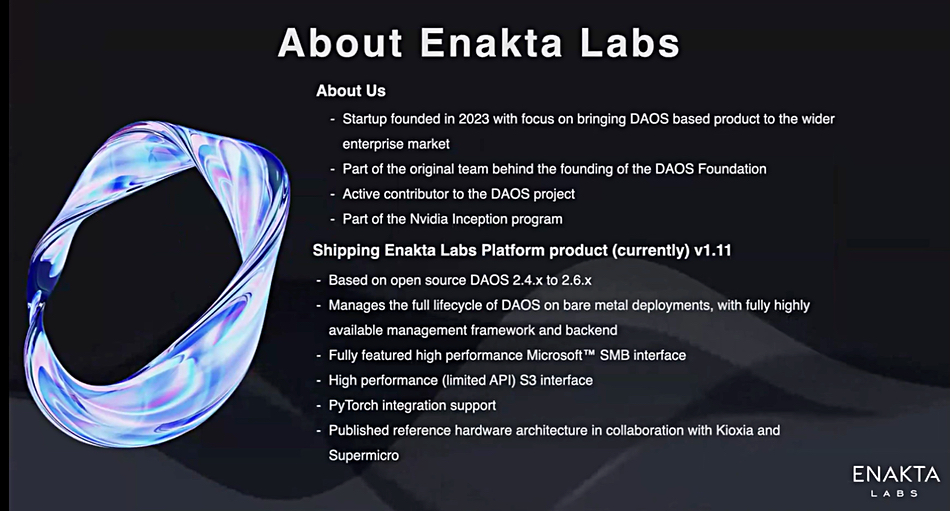
Nuja puts forward a view that a commercial, enterprise-ready version of DAOS could be built to run on commodity hardware and it could outperform even the world’s most powerful supercomputer storage systems. We’re talking about a bunch of Supermicro-class GPU servers with NVMe SSDs and running Linux. We think DAOS needs to demonstrate a substantial performance advantage to persuade potential customers to look away from the well-funded and smoothly-marketed operations characteristic of DDN, Pure, WEKA, VAST and so forth.
This makes us look forward to the upcoming Supercomputing 2025 conference (November 16-21 in St. Louis, MO ) where official IO500 benchmark results would be announced. The orphan could shine.
Watch an Enakta Labs video about DAOS here.


